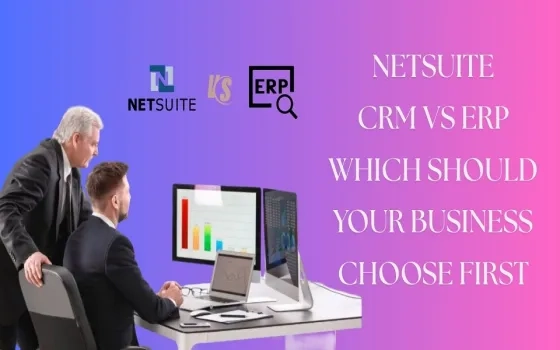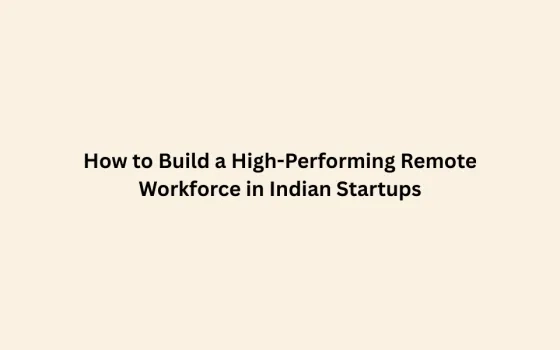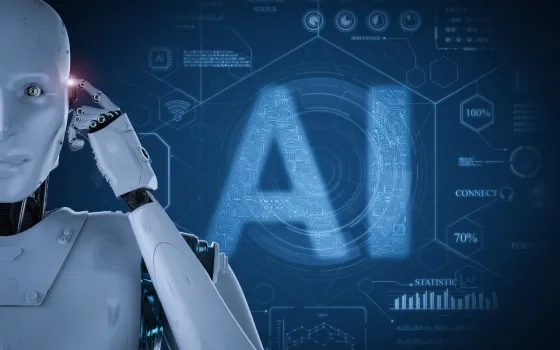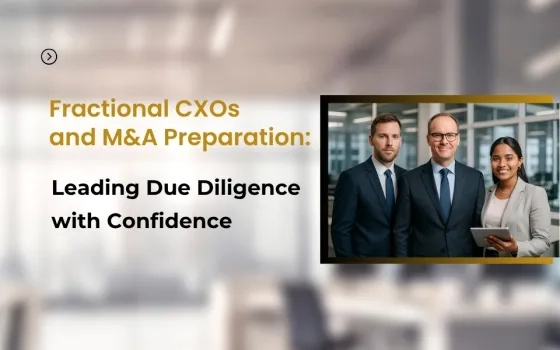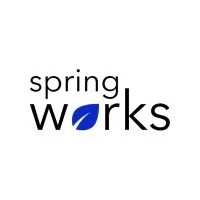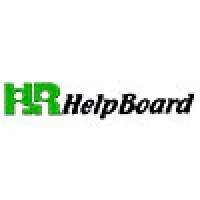E.M.P.A.T.H.Y holds the key for CHROs to learn the art of Talent Retention.
The ability to understand the problems faced by employees, along with a willingness to reinvent processes to match the needs of today’s transformed work dynamics, will go a long way in reducing employee turnover.
As per a report, in August 2020, the CDC published results of an extensive US web-based survey of more than 5000 adults, in which 40.9% endorsed at least one adverse mental or behavioral health problem related to the pandemic. Symptoms of trauma- and stressor-related disorder were reported by 26.3%, symptoms of anxiety or depression by 30.9%, substance use to cope by 13.3%, and serious consideration of suicide in the prior days by 10.7%.
 It would not be surprising to learn that almost everyone has PTSD, accepted as the new normal. There has not been a break in fear of COVID, in the inequity of our life and feelings of guilt, racial tensions, crime, rampaging politics, economic distress, work tensions, school curriculums, and stress of worry about our children and our safety. It is entirely overwhelming. Trying to work from home, teaching our children (because their school is virtual or because no daycare is available), sharing space with our spouses, children, pets while managing online video meetings is very stressful for most. Working from home may be a benefit and regarded as a need; however, it is not free from its perils and the difficulties it creates in an employee’s daily existence. Coming out of COVID will be much more complicated than going into it as there was an abrupt stop to all that was, and the virtual reality of a new life was upon us unannounced and without time to prepare. We must help the leadership team understand how very difficult the lives of our employees are and help create strategies grounded in this new reality aimed at making Work from Home easier for teams.
It would not be surprising to learn that almost everyone has PTSD, accepted as the new normal. There has not been a break in fear of COVID, in the inequity of our life and feelings of guilt, racial tensions, crime, rampaging politics, economic distress, work tensions, school curriculums, and stress of worry about our children and our safety. It is entirely overwhelming. Trying to work from home, teaching our children (because their school is virtual or because no daycare is available), sharing space with our spouses, children, pets while managing online video meetings is very stressful for most. Working from home may be a benefit and regarded as a need; however, it is not free from its perils and the difficulties it creates in an employee’s daily existence. Coming out of COVID will be much more complicated than going into it as there was an abrupt stop to all that was, and the virtual reality of a new life was upon us unannounced and without time to prepare. We must help the leadership team understand how very difficult the lives of our employees are and help create strategies grounded in this new reality aimed at making Work from Home easier for teams.
Here are 7 helpful tips for CHROs to enhance the rate of employee retention:
E = Evaluate
As we bring our employees back to work, we need to evaluate their challenges. What is happening at home? Have they had losses because of COVID? Are they homeschooling? How are their spouses coping? Are they employed? Are there other dependents/support figures like parents or siblings? How is their mental state? These are questions you need to understand as they all create pressure on an individual and can cause extreme distress.
HR and leadership have to consider that many employees may be dealing with these issues and therefore extend appropriate support based on their unique circumstances.
M = Measure
We must measure the impact of each of these issues on each employee. We cannot do a one-size-fits-all if we want to be genuinely connected to our people and their experience. The culture in our workplace must be aware of what EACH employee as a unique individual is facing. This is the most authentic example of valuing the diversity that we have ever had an opportunity to experience across generations, sexes, cultures, states, cities, nationalities, and economic situations. We must treat it as an issue of valuing diversity while trying to understand the experience of each employee during the last 24 months. It is crucial to recognize the impacts of loss, fear, and the damage they have experienced and meet them where they are. The appearance of children, dogs, noise in our meetings is generally looked down upon; however, we need to ascertain whether their home environment is such that it will allow that kind of professional space at home. Is their spouse required to go back to work? Do they have no option but to be watching the children because there is no daycare available for them, or they cannot afford it? It is not very easy, yet to retain and attract talent, we will need to provide this kind of unique individual approach to fit their need. We must measure the level of difficulty each employee has experienced and their level of mental health and strength.
P = Plan
We must have a flexible and open plan to deal with exceptions rather than rules. HR and Operations have set standards and rules to support our business success from an operational perspective. Organizations have created rules for working from home and created hybrid routines that require presence in the office for certain days of the week. That is helpful to a degree, however, if it is a household where both spouses are employed, there could be a conflict, and with no options available, the only option may be to leave or seek other opportunities.
A = Attitude
Operational excellence relies on the ability to follow best practices in delivery methodology. This meant standards, rules for behavior, and actions in the past. In the future, the leadership ATTITUDE to support this may need to be much more flexible and look at ways to excellence in delivery, performance, and operations in various ways. Our attitude may not be appropriate if it is a one-size-fits-all or based on leadership or HR’s value set. Again, DIVERSITY is knocking on our door. Each employee, the organizations’ most ‘valuable asset’, and the organization’s competitive advantage has UNIQUE needs, person to person. Is the organization able to fully value DIVERSITY and embrace it to meet the needs of the individual? Is this going too far? Is it so expensive that we cannot make the accommodations needed to value each person? It is different from the way that organizations and HR have traditionally approached their workforce and diversity. However, this is what the future demands if an organization is going to retain its talent.
T = Train
Training leadership and the organizations’ Human Capital to value the diversity requirements of everyone will be a critical component of successful business operations going forward. Emotional intelligence will be a significant component of organizational success. Knowing what is needed and creating a culture that can accommodate and meet the needs of the individuals while engaging them in building the solutions that will support operational excellence will be critical to overall organizational success.
H = Hold Accountable
This does not mean that an organization does not have to hold individuals accountable for delivering job-related performance results. THEY DO! However, how they deliver them is where the flexibility must be exhibited if we build strength and resilience in our workforce and our organization. There still is a need for understanding what expectations need to be met; however, discussions with the individual about what support they need, within reason, to achieve them, need to be discussed and agreed upon. This is X times more difficult than the old HR policies and compliance process. Especially now that HR is likely responsible for COVID tracking and report submission, it is even more challenging to peel away from compliance and look at excellence in the delivery of HR support and the elements of organizational behavior that will be CRITICAL to the organization’s ability to retain talent and achieve financial success.
Y = Year on Year
This is not a one-and-done scenario. Who can predict today what other perils the future holds for our organization, the US, and the World? Organizations will forever be required to delve into the impacts of our PESTEL (political, economic, social, technological, environmental, and legal environments) that may impact our business or our employees. It will be critical for each HR team to look ahead and fully recognize the impacts of our PESTEL analysis that will impact the business and the talent we need to be successful. This will be a yearly exercise, not just to determine the strength of the business but the strength and resilience of our human capital.
As CHROs, it will be critical to influence our leadership in understanding these dynamics and building the policies and practices, unlike anything HR has done in the past, to meet the needs of the Human Capital, Talent, and operational efficiencies.
Thinking outside the box will be an essential component of future success. The way we have always done things is no longer even a viable thought. Current employee handbooks, policy, and practice will need to be reviewed and examined for their EMPATHY!
New technology to support internal and external collaborative Talent Management practices is emerging.
https://www.freepik.com/cornecoba
https://www.freepik.com/pch-vector



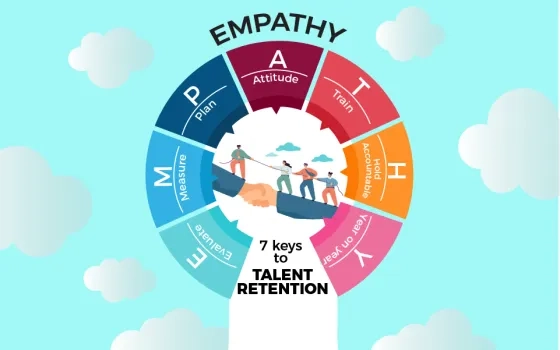

 It would not be surprising to learn that almost everyone has PTSD, accepted as the new normal. There has not been a break in fear of COVID, in the inequity of our life and feelings of guilt, racial tensions, crime, rampaging politics, economic distress, work tensions, school curriculums, and stress of worry about our children and our safety. It is entirely overwhelming. Trying to work from home, teaching our children (because their school is virtual or because no daycare is available), sharing space with our spouses, children, pets while managing online video meetings is very stressful for most. Working from home may be a benefit and regarded as a need; however, it is not free from its perils and the difficulties it creates in an employee’s daily existence. Coming out of COVID will be much more complicated than going into it as there was an abrupt stop to all that was, and the virtual reality of a new life was upon us unannounced and without time to prepare. We must help the leadership team understand how very difficult the lives of our employees are and help create strategies grounded in this new reality aimed at making Work from Home easier for teams.
It would not be surprising to learn that almost everyone has PTSD, accepted as the new normal. There has not been a break in fear of COVID, in the inequity of our life and feelings of guilt, racial tensions, crime, rampaging politics, economic distress, work tensions, school curriculums, and stress of worry about our children and our safety. It is entirely overwhelming. Trying to work from home, teaching our children (because their school is virtual or because no daycare is available), sharing space with our spouses, children, pets while managing online video meetings is very stressful for most. Working from home may be a benefit and regarded as a need; however, it is not free from its perils and the difficulties it creates in an employee’s daily existence. Coming out of COVID will be much more complicated than going into it as there was an abrupt stop to all that was, and the virtual reality of a new life was upon us unannounced and without time to prepare. We must help the leadership team understand how very difficult the lives of our employees are and help create strategies grounded in this new reality aimed at making Work from Home easier for teams.

